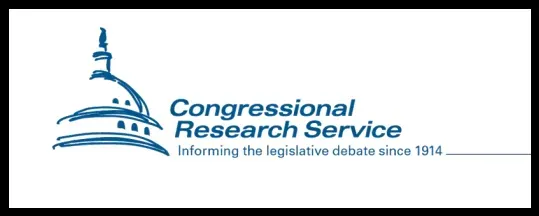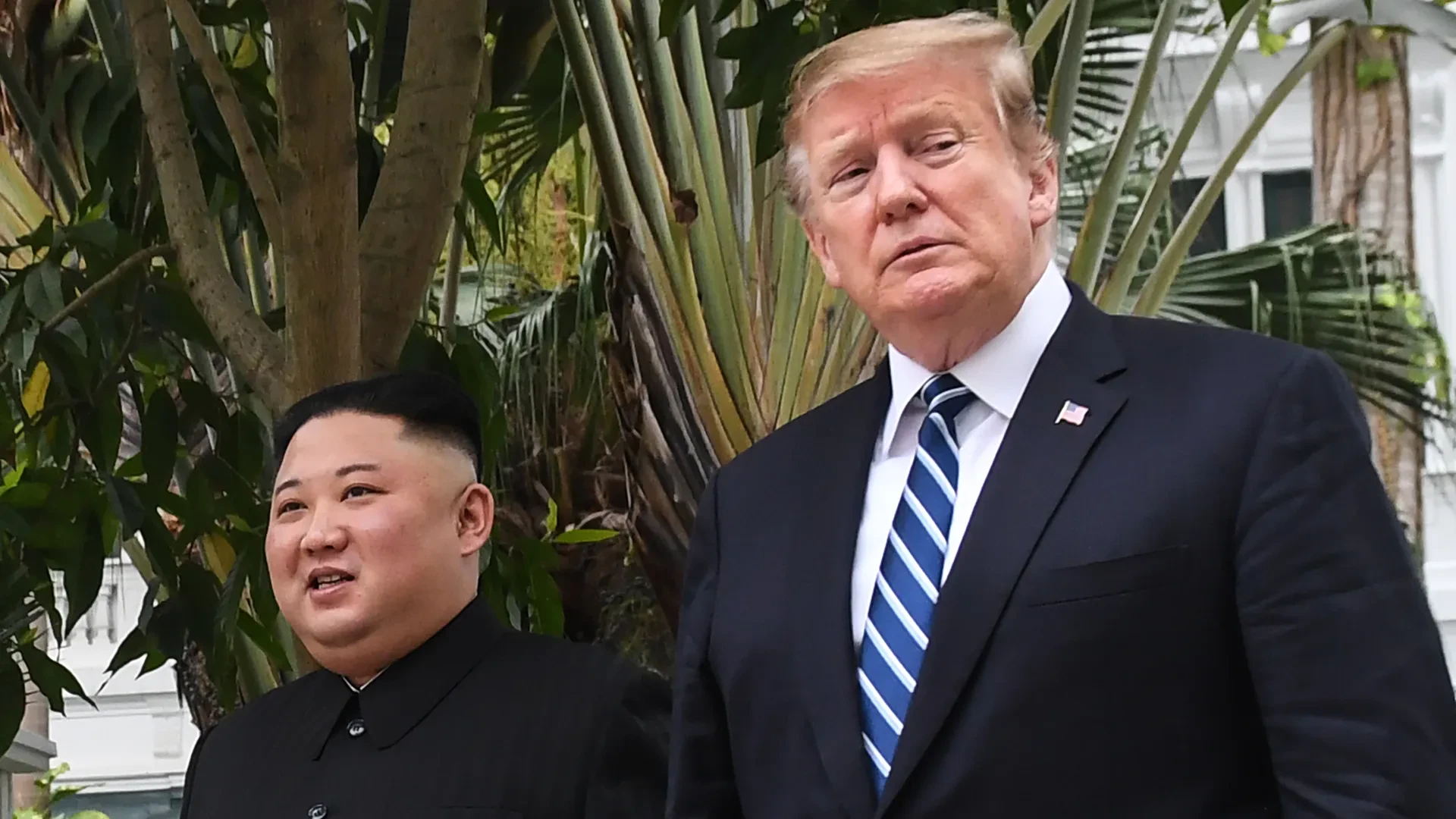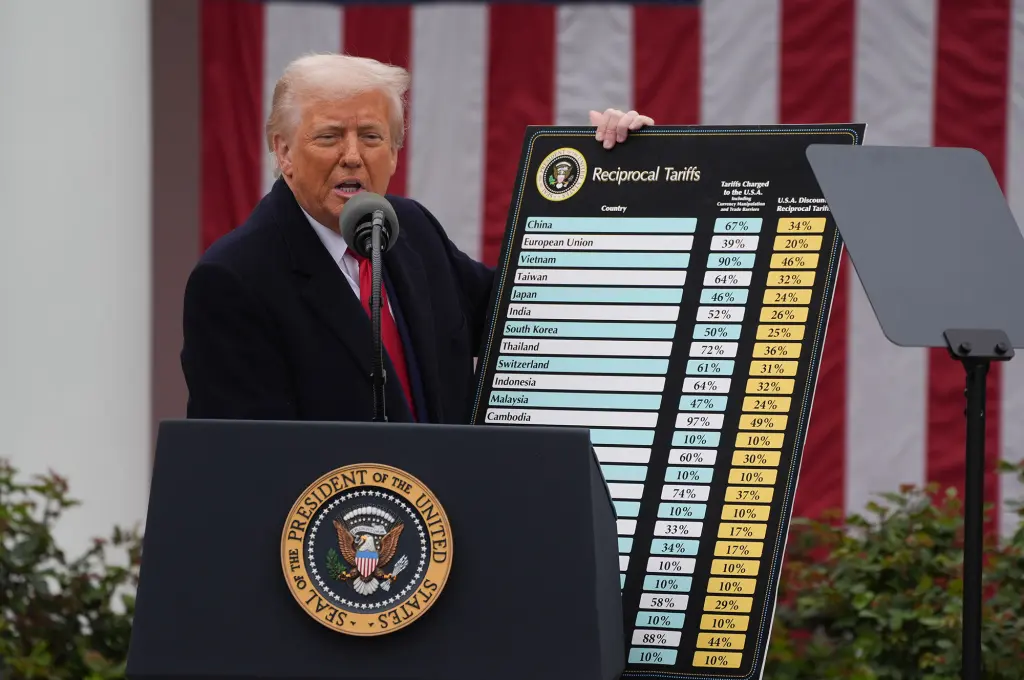On June 16, 2025, the Senate passed S. 1582, the Guiding and Establishing National Innovation for U.S. Stablecoins Act of 2025, or GENIUS Act. An overview of key policy issues can be found here. The bill would establish a regime to regulate U.S. payment stablecoins.
What Is the GENIUS Act?
The Guiding and Establishing National Innovation for U.S. Stablecoins Act (GENIUS Act, S. 1582) is a U.S. law passed by the Senate in June 2025. It creates the first comprehensive federal regulatory framework for payment stablecoins—digital tokens designed to maintain a stable value, usually pegged to the U.S. dollar.
What Does the GENIUS Act Do?
- Defines Payment Stablecoins: The law sets a clear definition for stablecoins used for payments and settlements, requiring each token to be backed 1:1 with safe, liquid assets like cash, insured deposits, or short-term U.S. Treasuries.
- Sets Issuer Requirements: Both banks and certain nonbank financial firms can issue stablecoins. Nonbanks must be financial firms unless cleared by a federal review committee.
- Dual Regulatory Pathways: Issuers can choose federal oversight or, if they are smaller nonbanks (under $10 billion in outstanding stablecoins), operate under state rules—if those rules are considered “substantially similar” to federal standards.
- Transparency and Oversight: Issuers must publicly report on reserves and outstanding tokens, undergo executive certification and external audits, and cannot pay interest to stablecoin holders.
- Anti-Money Laundering (AML): Issuers are subject to the Bank Secrecy Act and must implement AML and sanctions compliance programs. The Financial Crimes Enforcement Network (FinCEN) is tasked with creating tailored digital asset AML rules.
- Supervision and Enforcement: Federal and state regulators have authority to supervise, examine, and, if necessary, halt stablecoin issuance or take enforcement actions.
- Foreign Issuer Standards: Sets rules for foreign stablecoins traded in the U.S. and allows reciprocal arrangements with countries that have comparable regulations.
- Bankruptcy and Custody Protections: Stablecoin holders get priority in bankruptcy, and custodians must keep client funds separate from their own.
- Clarifies Legal Status: Stablecoins are not securities or commodities and are not federally insured. Issuers cannot imply government backing or tie stablecoin issuance to other purchases.
What Does the GENIUS Act Mean?
- Legal Certainty: By defining stablecoins and their regulatory treatment, the Act gives the industry clear rules and reduces legal ambiguity.
- Federal-State Balance: The option for smaller issuers to operate under state rules creates regulatory competition, allowing states to attract stablecoin businesses by offering efficient, robust oversight. This can drive innovation and investment at the state level.
- Consumer Protection: Regular audits, strict reserve requirements, and clear redemption procedures aim to protect stablecoin holders from losses or fraud.
- Global Influence: By establishing standards for foreign stablecoins and reciprocal arrangements, the Act positions the U.S. as a leader in shaping international digital asset regulation.
Practical, Real-Life Effects
- Business Location Decisions: States with strong, clear digital asset laws—like New York or Wyoming—could become hubs for stablecoin issuers, attracting jobs and investment.
- Innovation and Competition: Regulatory clarity and the ability to choose between state and federal oversight may encourage more firms to enter the market, spurring competition and new financial products.
- User Protections: Consumers gain more transparency about what backs their stablecoins and how to redeem them, with added safeguards in case an issuer fails.
- AML and Law Enforcement: Enhanced AML requirements and new tools for detecting illicit activity could make it harder for criminals to misuse stablecoins, while still allowing legitimate innovation.
- Global Market Access: U.S. standards could become a benchmark for other countries, influencing how stablecoins are regulated worldwide and potentially making it easier for U.S.-compliant stablecoins to be used in cross-border transactions.
The PDF from CRS can be found here.















Discussion